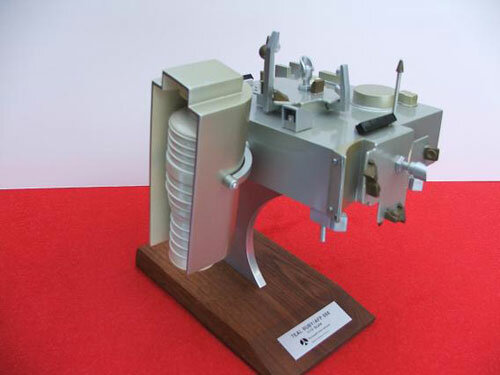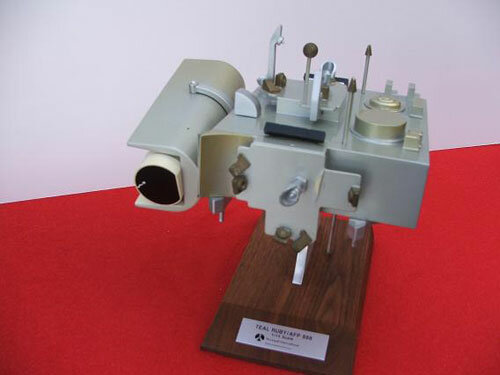antigravite
ACCESS: Top Secret
- Joined
- 25 April 2008
- Messages
- 833
- Reaction score
- 224
Hi,
a Teal Ruby sat construction portfolio is offered fr sale on the bay as item 111971984788 here:
http://www.ebay.com/itm/Rare-TEAL-RUBY-P80-1-Satellite-Construction-PHOTOGRAPHS-ALBUM-McDonnell-Douglas-/111971984788
with the following description (extract):
"Rare TEAL RUBY P80-1 Satellite Construction PHOTOGRAPHS ALBUM McDonnell Douglas
This is an album of 31 photographs of Teal Ruby being built and transported! This comes "from the desk of Jerry Schmidt", a well known McDonnell Douglas engineer in the industry, he was on many Apollo Launch teams! Most of the photos are stamped from the desk of Jerry Schmidt, some are stamped from McDonnell Douglas."
Enjoy.
A.
a Teal Ruby sat construction portfolio is offered fr sale on the bay as item 111971984788 here:
http://www.ebay.com/itm/Rare-TEAL-RUBY-P80-1-Satellite-Construction-PHOTOGRAPHS-ALBUM-McDonnell-Douglas-/111971984788
with the following description (extract):
"Rare TEAL RUBY P80-1 Satellite Construction PHOTOGRAPHS ALBUM McDonnell Douglas
This is an album of 31 photographs of Teal Ruby being built and transported! This comes "from the desk of Jerry Schmidt", a well known McDonnell Douglas engineer in the industry, he was on many Apollo Launch teams! Most of the photos are stamped from the desk of Jerry Schmidt, some are stamped from McDonnell Douglas."
Enjoy.
A.
Attachments
-
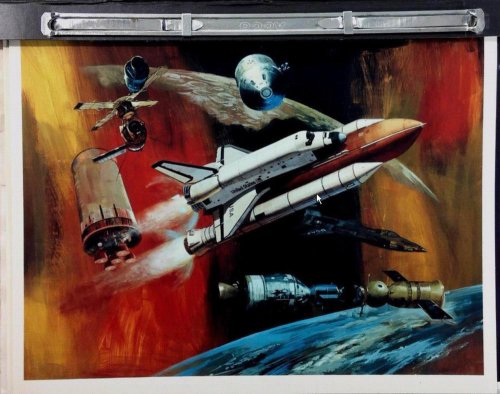 Teal Ruby 01.jpg121 KB · Views: 100
Teal Ruby 01.jpg121 KB · Views: 100 -
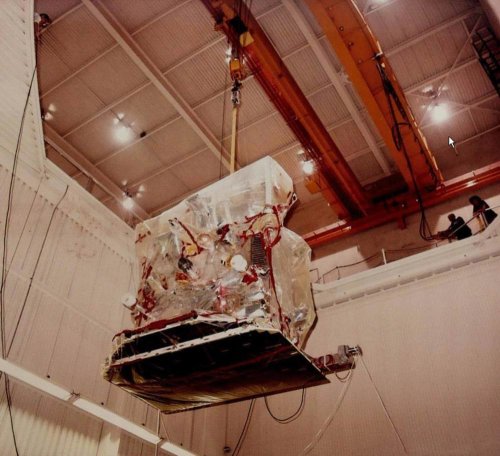 Teal Ruby 10.jpg130 KB · Views: 36
Teal Ruby 10.jpg130 KB · Views: 36 -
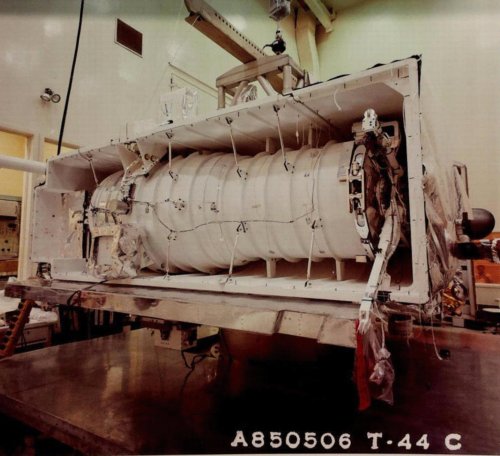 Teal Ruby 09.jpg1.3 MB · Views: 23
Teal Ruby 09.jpg1.3 MB · Views: 23 -
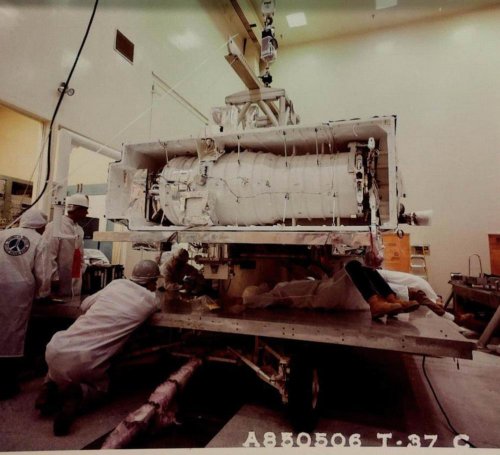 Teal Ruby 08.jpg112 KB · Views: 24
Teal Ruby 08.jpg112 KB · Views: 24 -
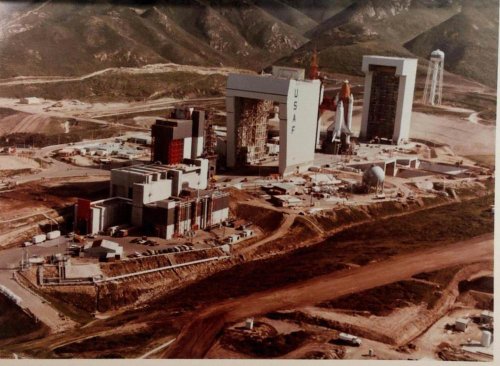 Teal Ruby 07.jpg127.3 KB · Views: 25
Teal Ruby 07.jpg127.3 KB · Views: 25 -
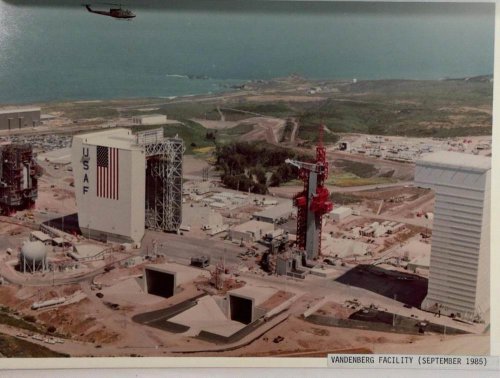 Teal Ruby 06.jpg110.8 KB · Views: 37
Teal Ruby 06.jpg110.8 KB · Views: 37 -
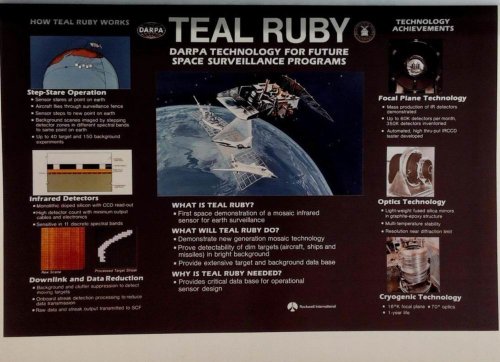 Teal Ruby 05.jpg106.5 KB · Views: 98
Teal Ruby 05.jpg106.5 KB · Views: 98 -
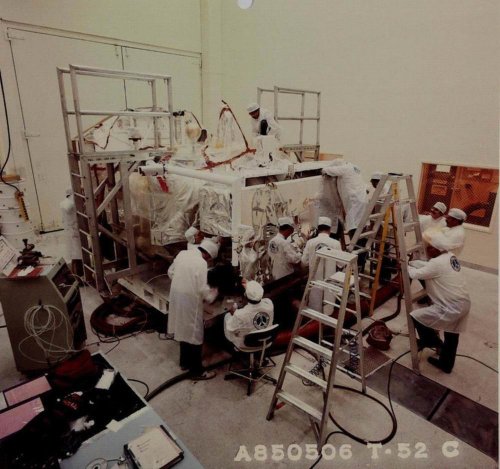 Teal Ruby 04.jpg136.3 KB · Views: 97
Teal Ruby 04.jpg136.3 KB · Views: 97 -
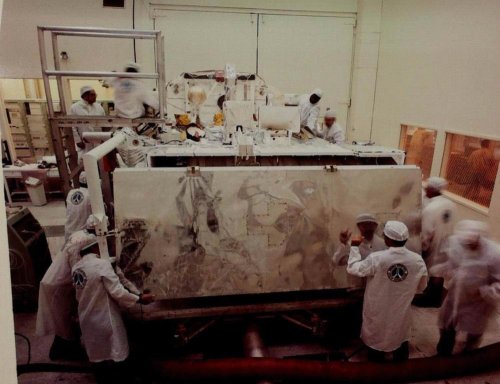 Teal Ruby 03.jpg105.7 KB · Views: 88
Teal Ruby 03.jpg105.7 KB · Views: 88 -
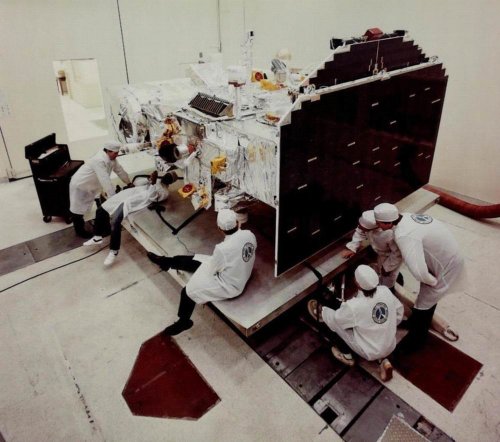 Teal Ruby 02.jpg115.1 KB · Views: 99
Teal Ruby 02.jpg115.1 KB · Views: 99

